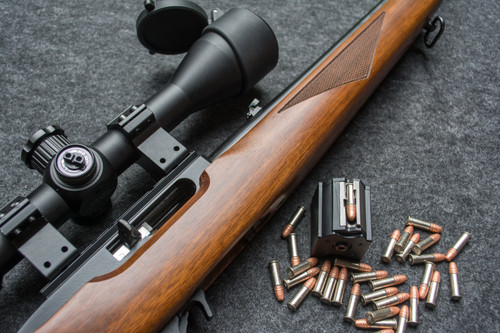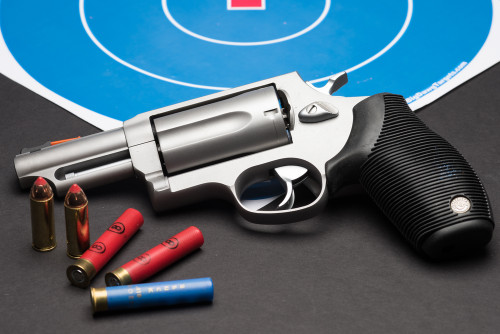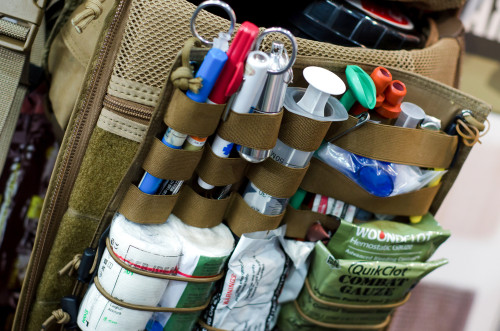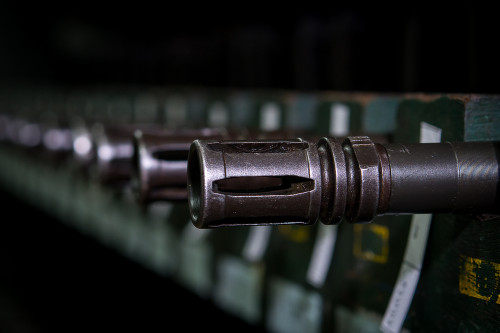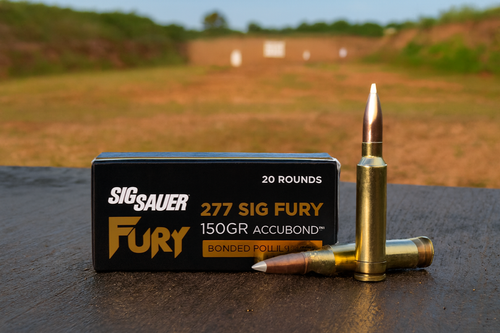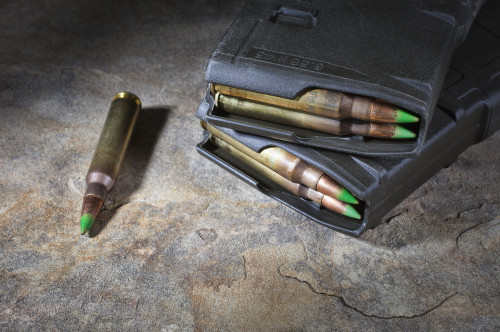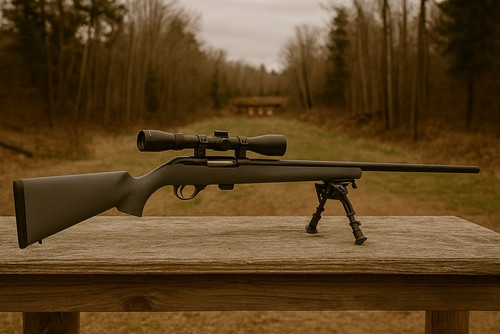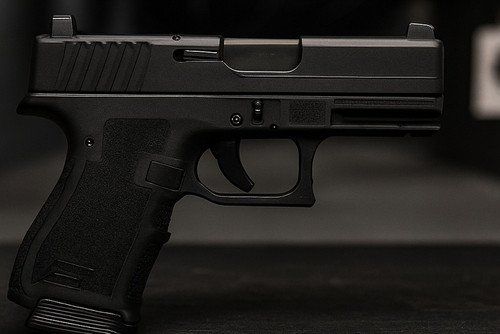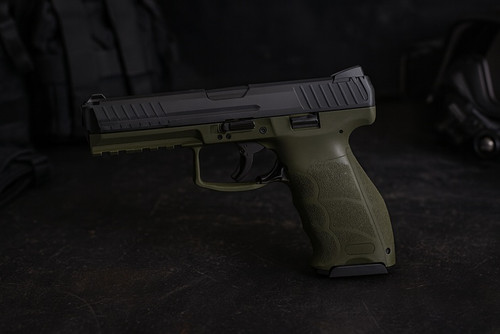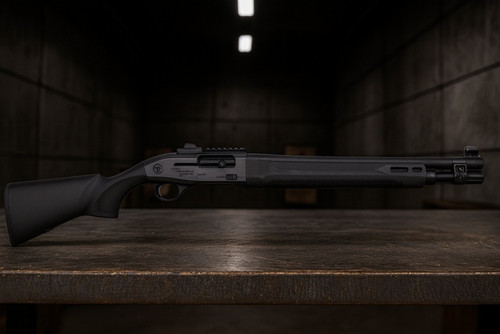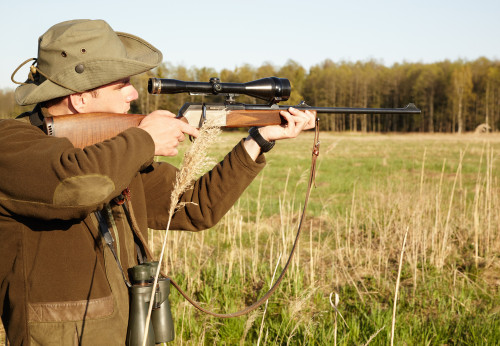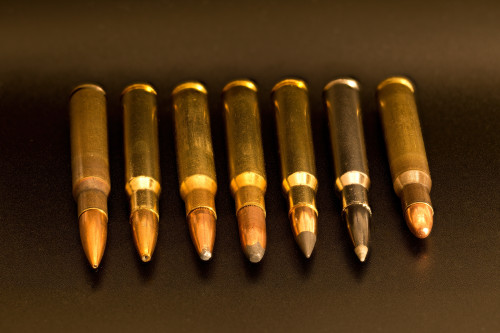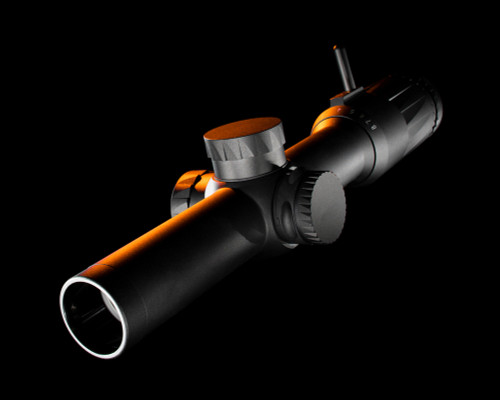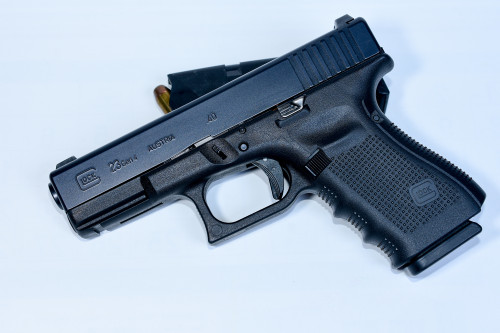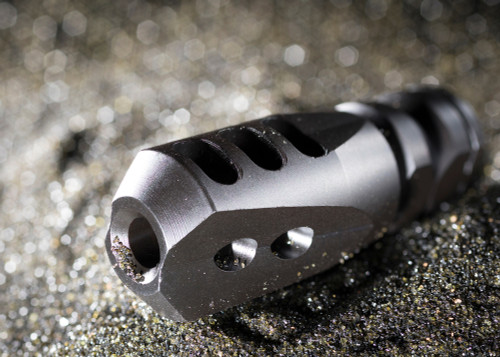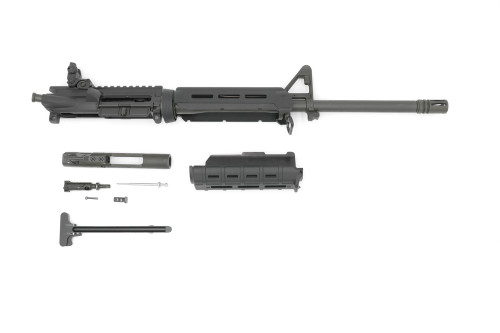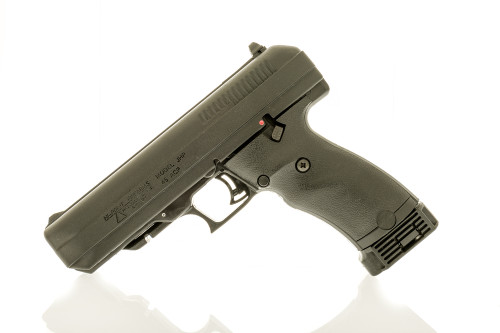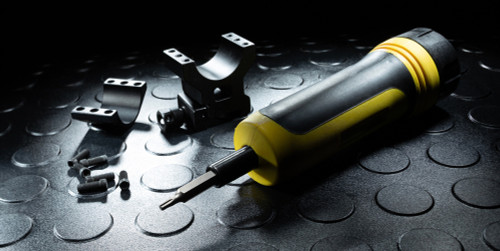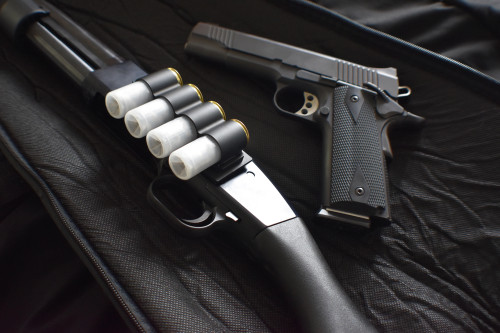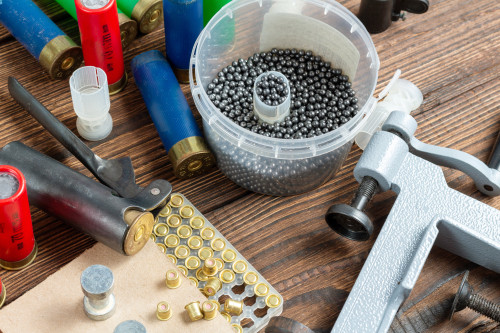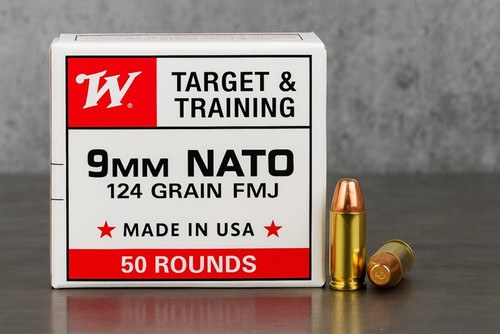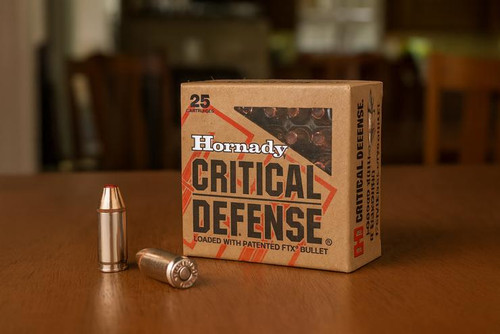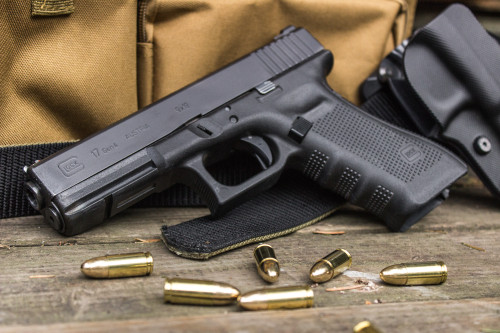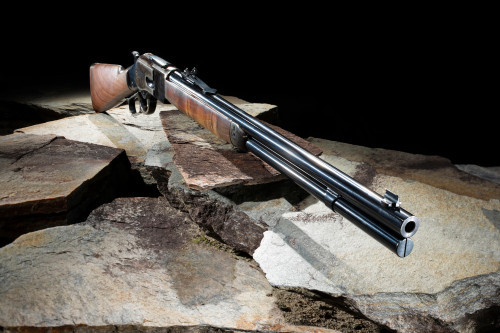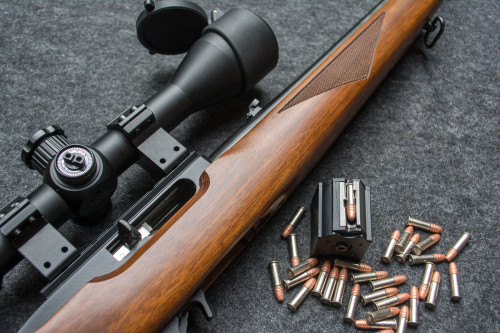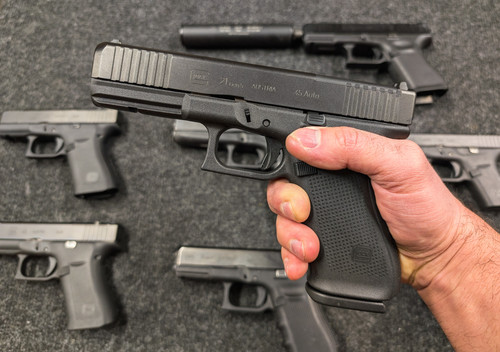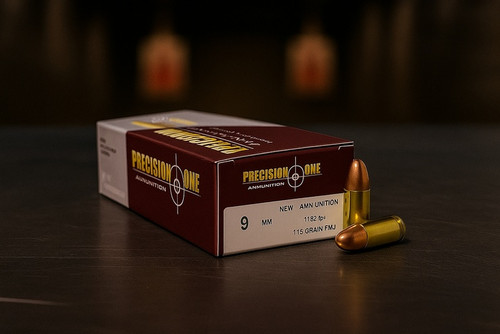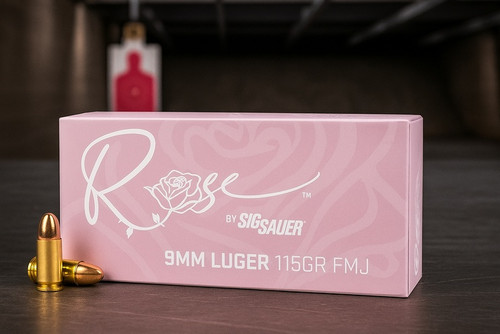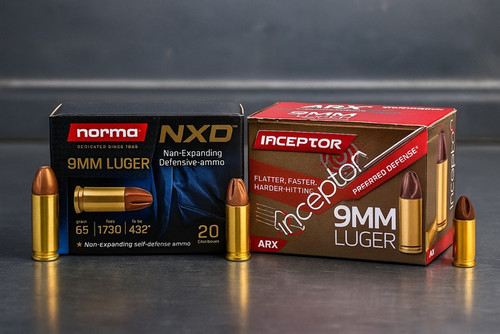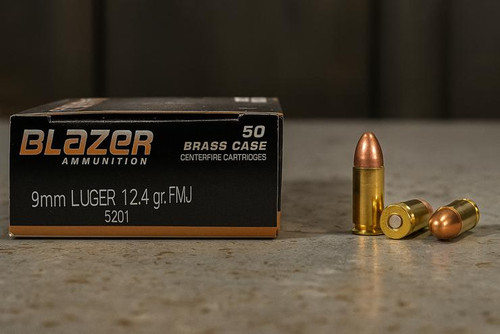Introduction
The M14 rifle, introduced in the late 1950s, is a significant milestone in the history of military small arms. Though its service as the standard-issue rifle for the United States military was relatively brief, its legacy endures through its adaptation and evolution into the modern Designated Marksman Rifle (DMR).
The DMR plays a crucial role on today's battlefields, bridging the gap between standard infantry rifles and sniper rifles. This blog explores how the M14 has evolved into the contemporary DMR, examining the technological advancements, operational requirements, and strategic roles that have shaped this transformation.
The Origins of the M14
Design and Features
The M14 was designed as a versatile, semi-automatic rifle capable of selective fire, using the 7.62x51mm NATO cartridge. Focusing on providing more firepower and mobility for infantry soldiers in one system versus the three different platforms that were deployed in infantry units during WWII. Key features included:
Detachable Magazine: A 20-round box magazine, an improvement over the M1 Garand's en-bloc clip system.
Selective Fire: Capable of both semi-automatic and fully automatic fire.
Robust Construction: Built with a gas-operated, rotating bolt mechanism and a durable wooden stock.
Operational Use
The M14 was adopted in 1959 to replace the M1 Garand, M1 Carbine, and Browning Automatic Rifle (BAR). Primarily, it saw action during the early years of the Vietnam War. Despite its accuracy and power, the M14's length, weight, and full-auto mode presented challenges in the dense jungles of Vietnam, leading to its replacement by the lighter M16 for soldiers as the standard combat rifle.
Transition to a Marksman Role
Despite its phase-out as the standard-issue rifle, the M14's excellent accuracy and range made it a candidate for a new role as a marksman weapon. The concept of a Designated Marksman Rifle emerged from the need to fill the gap between standard infantry rifles and sniper rifles, providing accurate fire support at ranges beyond the effective reach of the standard-issue M16. It was most commonly seen in sniper teams and SOF units throughout the Vietnam War.
The Concept of the DMR
A Designated Marksman Rifle is designed to provide accurate, longer-range fire support for infantry and SOF units. Unlike dedicated sniper rifles, DMRs are meant to be versatile and capable of engaging at close-range, mid-range, and long-range targets. This role requires:
Precision: The ability to engage targets accurately at extended ranges.
Rapid Fire: Semi-automatic capability for multiple engagements.
Portability: Lighter and more maneuverable than sniper rifles to allow movement with infantry and SOF units.
The M14 as a DMR
The transition of the M14 into a DMR involved several modifications to enhance its performance in the designated marksman role. These modifications included:
Optics: Mounting scopes or advanced optical sights to improve accuracy at long distances.
Barrel Modifications: Using match-grade barrels to enhance precision.
Adjustable Stocks: Replacing wooden stocks with adjustable polymer or fiberglass stocks for improved ergonomics and stability.
Bipods: Adding bipods to provide a stable shooting platform.
This led up to the creation and implementation of the following variants of the M14 that started the journey to the modern DMR and the advancements that made the DMR a must have for infantry from the jungles of Vietnam to the Desert and Mountainous terrains of Iraq and Afghanistan.
M21 and M25 Variants
The U.S. military developed specific variants of the M14 for the marksman role:
M21: An enhanced M14 with a match-grade barrel, improved stock, and a mounted scope, primarily used during the Vietnam War.
M25: Further improved variant with additional enhancements such as a fiberglass stock and more advanced optics, used by special operations forces.
The Modern DMR and Technological Advancements
The concept of the DMR has evolved significantly, with modern battlefields demanding even greater precision, versatility, and integration with advanced technologies. The following segment will touch on these key characteristics briefly to give the reader a general overview of the basics needed for the concept and minimal requirements to be classified as a DMR.
Key Characteristics of Modern DMRs
Advanced Optics: Modern DMRs are equipped with a variety of optics, including variable magnification scopes, night vision, and thermal imaging sights.
Modular Designs: DMRs today often feature modular components, allowing for customization and adaptation to specific missions.
Enhanced Ammunition: Use of specialized match-grade ammunition to ensure consistent performance and accuracy.
Improved Ergonomics: Adjustable stocks, better recoil management systems, and lighter materials to improve shooter comfort and weapon handling.
Examples of Modern DMRs
Several modern rifles have been developed based on the DMR concept, incorporating lessons learned from the M14's evolution over the years:
M110 Semi-Automatic Sniper System (SASS)
Design: Based on the AR-10 platform, the M110 SASS is a semi-automatic precision rifle chambered in 7.62x51mm NATO.
Features: Equipped with a suppressor, advanced optics, and an adjustable stock, the M110 provides high accuracy and versatility for designated marksmen.
HK417
Design: A German-made rifle developed by Heckler & Koch, the HK417 is a gas-operated, selective-fire rifle chambered in 7.62x51mm NATO.
Features: It includes modular rail systems, advanced optics, and a lightweight construction, making it suitable for various DMR applications.
SR-25
Design: Developed by Knight's Armament Company, the SR-25 is a semi-automatic sniper rifle based on the AR-10 platform.
Features: The SR-25 is known for its accuracy and reliability, equipped with match-grade barrels and high-quality optics.
Strategic Importance of the DMR
The designated marksman plays a vital role in modern infantry units, providing precise, long-range fire support that can engage targets beyond the reach of standard rifles. The strategic importance of DMRs includes:
Force Multiplication: Enhancing the firepower and effectiveness of infantry squads.
Versatility: Capable of engaging both long-range and close-range targets, providing flexibility in various combat scenarios.
Counter-Sniper Operations: Engaging enemy marksmen and snipers, neutralizing threats to the squad.
The Future of DMRs
The evolution of the DMR continues as new technologies and operational doctrines emerge. The 6.8mm Combat Rifle is the next step in future developments, as well as any additional research that could lead to the implementation of the following, although it could be in the future:
Smart Optics: Integration of digital scopes with range-finding, ballistic calculation, and target recognition capabilities.
Advanced Materials: Use of lightweight, high-strength materials to further reduce weight and improve durability.
Enhanced Integration: Incorporation of DMRs into networked warfare systems, allowing for real-time data sharing and coordination with other units.
Conclusion
The journey of the M14 from a standard-issue rifle to the influence on modern Designated Marksman Rifle illustrates the dynamic nature of military small arms development. The M14's transformation from standard issue, into a DMR highlights the continuous need for precision, adaptability, and technological integration on the battlefield.
Leading to the invention and implementation of the modern DMRs that are in service on the battlefields today. As military tactics and technologies evolve, the role of the designated marksman and their rifles will continue to be a critical component of infantry operations, ensuring that forces remain effective and versatile in diverse combat scenarios.
Focusing on strong mid-to-long range engagements where the standard issue 5.56 can fall short. While a new contract is in the works on the 6.8mm, the influence is still seen in the design of the newer platforms that will become the modern military combat rifle. As the M14 was born to be, it is now coming full circle for its influence, and lessons learned with its adoption in the early days of its life, as old meets new in the modern age of weaponry to help give our soldiers more of an edge on the battlefield from close to long range engagements. Helping to ensure mission success.



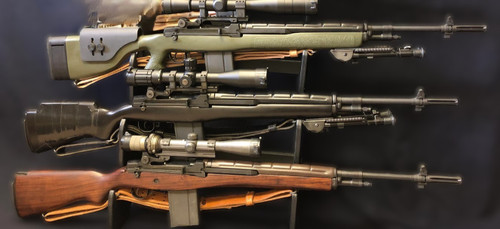
 Kyle Lewis
Kyle Lewis







